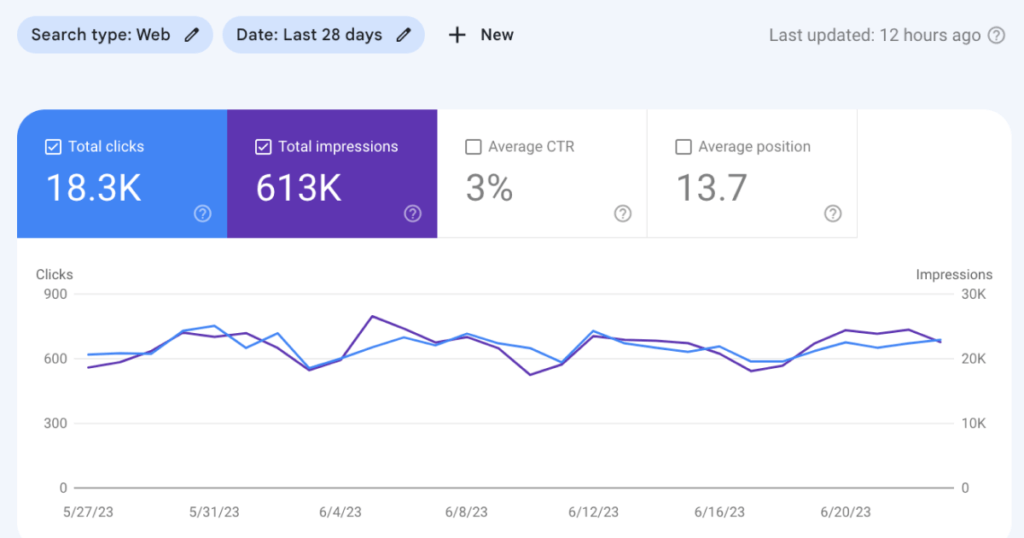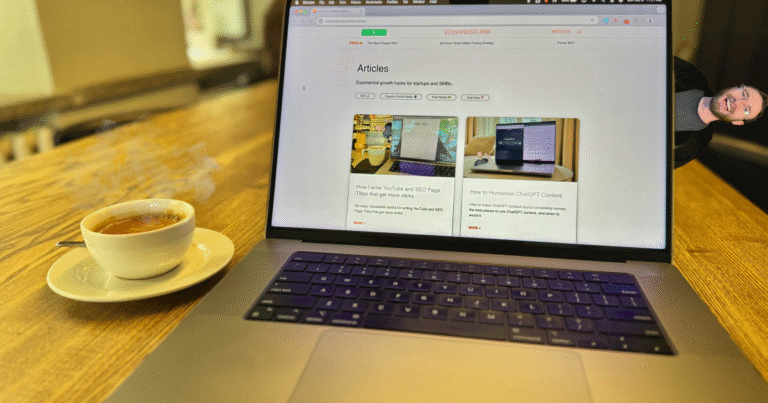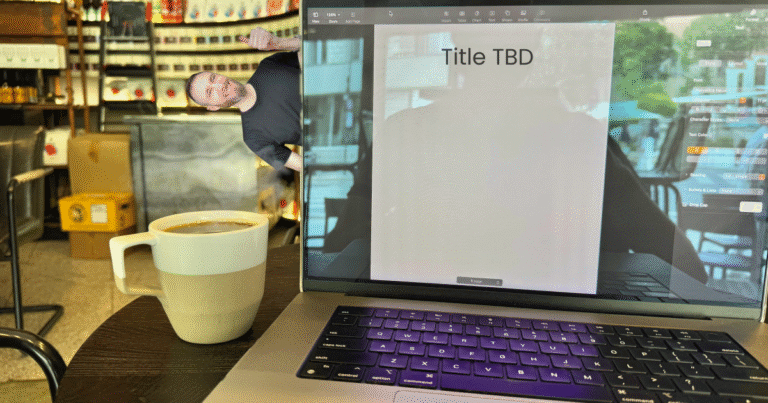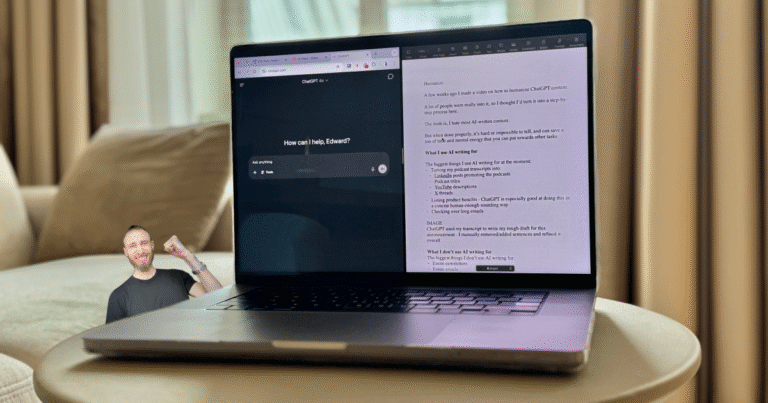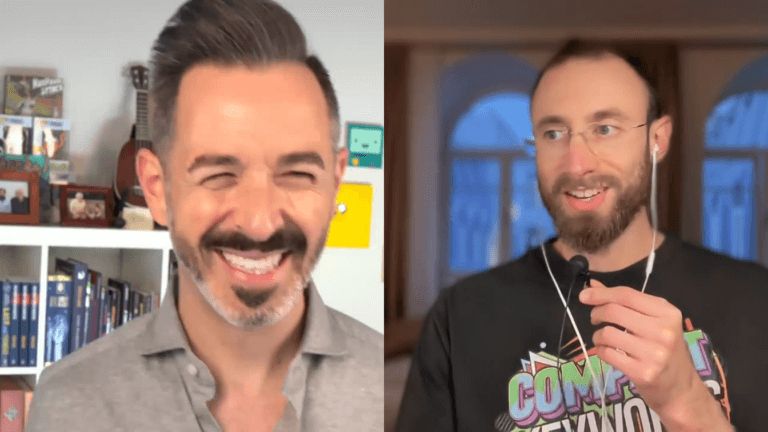This article shows exactly what bottom-of-funnel SEO is and how it’s done on a website.
In the last 28 days, Google gave my startup 18,300 clicks from users looking for exactly what we offer.
I paid nothing for this.
In the last 3 months, Google gave us 63,700 clicks.
I paid nothing for this as well.
In the last 1 year period, Google provided us with 222,000 clicks.
The price I paid for this was $0.00.
We recently introduced payments into the startup, and people have converted into paying customers at a way-above average rate.
I have a Stripe to Zapier to 𝕏 automation that shares revenue numbers publicly. Upon announcing another customer, I received this reply:

The answer to Cameron’s question is bottom-of-funnel SEO (search engine optimization). Bottom-of-funnel SEO is exactly how Google gave us all these clicks.
Bottom-of-funnel SEO is a crazy growth hack
Here’s an example of a company using bottom-of-funnel SEO:
@build_in_public How to do SEO for a devshop. #searchengineoptimization #seo #growthhack #growthmarketing ♬ 夜店Paris巴黎 - 奶盖
Bottom-of-funnel SEO is a crazy growth hack because it’s:
- Less competitive than traditional search engine optimization.
- Requires 7-10X LESS words for you to write than top-of-funnel SEO.
- More likely to give you customers than traditional SEO.
- Long-lasting. I set this up in early 2020, and EVEN NOW IM STILL GETTING SUBSTANTIAL TRAFFIC FROM IT.
Believe it or not, traditional SEO is top-of-funnel – most people who know about SEO only know that version.
This is what a marketing funnel looks like:

So, with bottom-of-funnel SEO, Google is giving you visits from people who most want your brand.
The way I best describe it is people are searching for stuff (keywords). These people know exactly what they want, but they don’t know the brand that will give it to them.
By doing bottom-of-funnel SEO, your brand is recommended on Google as something that can satisfy what the person is searching for.
Here’s what I did for our startup:
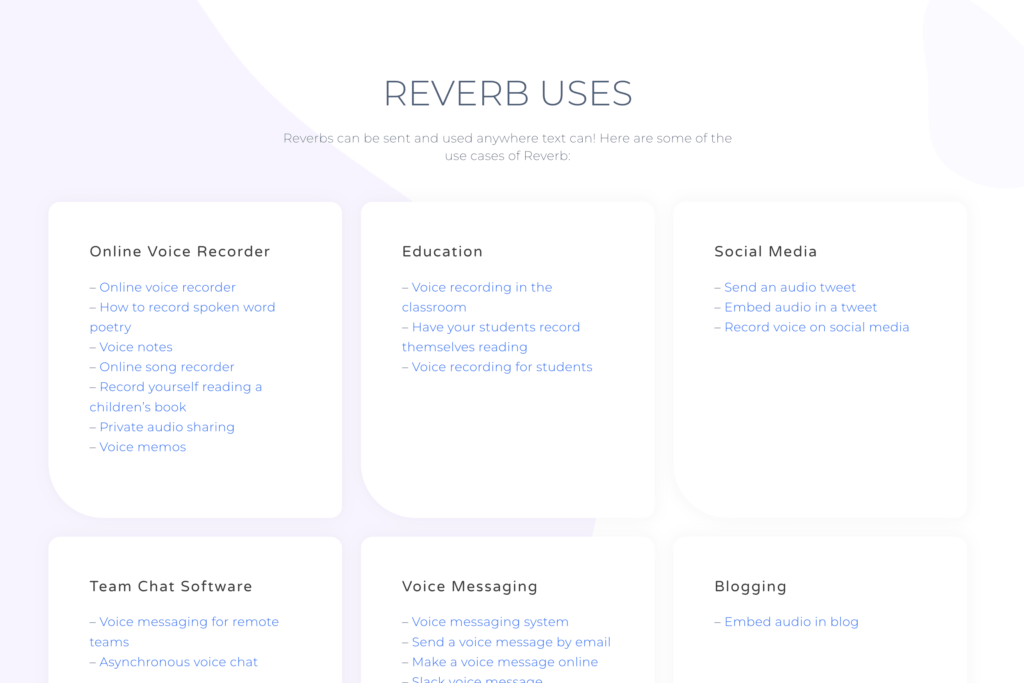
How to do bottom-of-funnel SEO on your site
You put all your bottom-of-funnel keywords on one page. This page is called either Uses or Services. The URL will be yourdomain.com/uses/your-bottom-of-funnel-keyword.
Each keyword links to a full SEO landing page about that keyword.
Here’s what you put on each landing page:
- 300-500 words per page (the average is 415 words).
- A call-to-action at the top of the page and in the bottom.
- Some images.
- Make sure the page scores 92 and above on the Moz On-Page Grader tool.
Here’s an example:
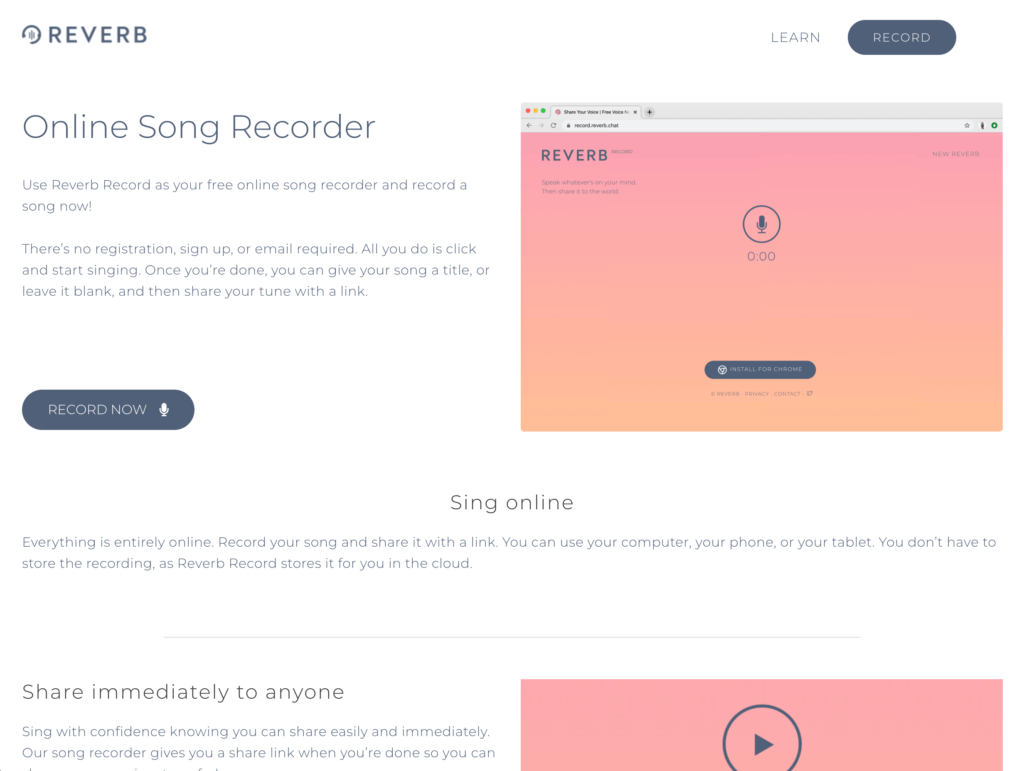
FYI, if you Google “song recorder,” the page in the image above comes up #1.
Some things to note:
- This strategy also works for people searching on ChatGPT, Bard, and Bing AI Chat.
- Try to find keywords that are not very competitive. “Buy shoes” is an example of something that is very competitive. You can measure how competitive a keyword is with any SEO tool. Moz is my favorite.
- If you want to tell if a keyword is bottom-of-funnel or not, try searching it. If products to use or buy come up immediately, that’s a good sign. If the entire first page of Google is just articles teaching you stuff, that means it’s more top-of-funnel.
Finally, you’ll need some backlinks to your site. Other sites linking back to your site make Google and other search engines more likely to show your pages first. Of course, it also helps that bottom-of-funnel pages are often less competitive.
Some of my favorite ways to get links
First. A Product Hunt launch will be the most low-hanging fruit way to get links.
Second. A BetaList launch. Follow these launch tips below for BetaList and Product Hunt:
@build_in_public The two best places on the Internet to launch a startup. #buildinpublic #startups #indiehackers #producthunt ♬ Lo-Fi analog beat - Gloveity
Third. I go on podcasts. Podcast hosts will often link to me from their podcast pages. Here’s how I went on 30 podcasts in 30 months.
Fourth. I put my companies in business directories like Crunchbase and LinkedIn (that’s my LinkedIn; feel free to add me).
The language I use in these directories when describing my companies also helps tell search engines what my companies are about. I use language relevant to my bottom-of-funnel keywords. This way, search engines know from 3rd party sites that I specialize in what my keywords say.
Fifth. I answer questions from journalists looking for sources. These are the tools I use to do this:
When a journalist includes me in an article, the article links back to my site.
I have a folder in my Gmail set up for requests from journalists seeking input.
Here’s what this folder looks like:

Compact Keywords
I spent a year making a 13+ hour program about how I, and many other successful companies, do bottom-of-funnel SEO.
It’s called Compact Keywords.
It shows first, how to find bottom-of-funnel keywords.
Then it shows how to do bottom-of-funnel SEO for:
- Your own website.
- Video platforms like YouTube, Instagram, and TikTok.
- Forums and other social media platforms.
- App stores.
- Marketplaces.
It also explains technical SEO and my favorite link-building strategies, more than what is listed in this article.
Again, I spent 10 months on it. It will transform any business.
Evergreen
Anyway, bottom-of-funnel SEO is very effective if you want to sell stuff online.
The downside is it could take a couple of months (around 3) of time.
The upside is it can give you sales for years and years to come.
So, I think three months of work for many years of purchases is a good trade-off.
If you’d like to hear me rant more about this, I just recorded a podcast on it. You can find this anywhere you get your podcasts or listen below.

